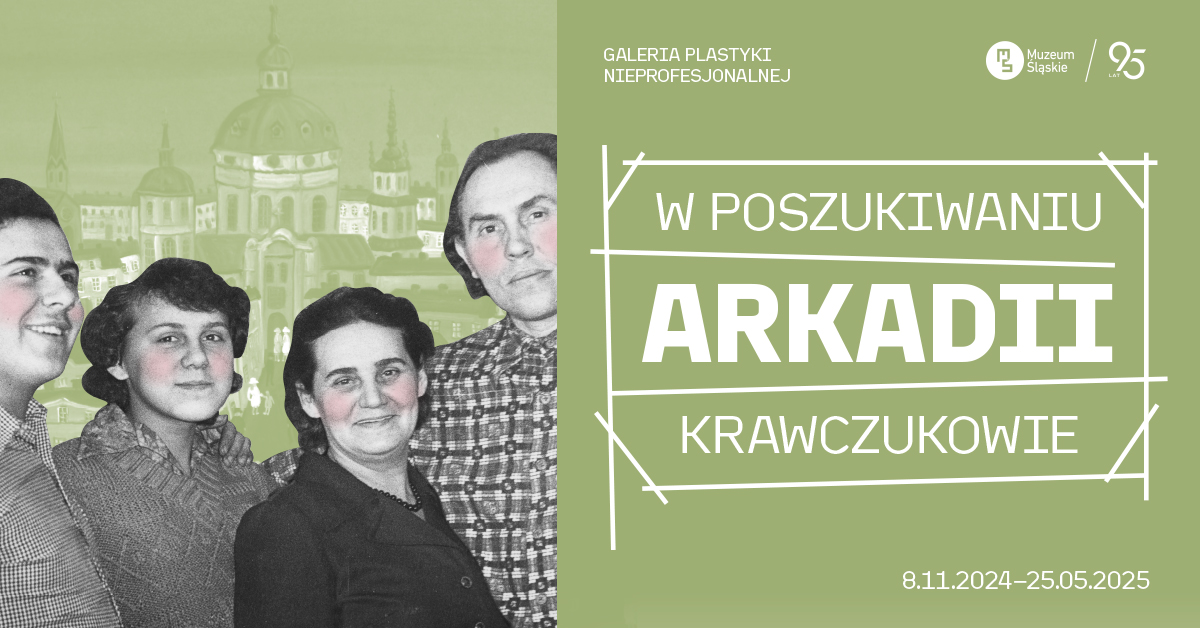In their works, Agnieszka Antkowiak, Aleksandra Nowakowska and Przemek Branas refer to the exhibition titled Zajawka. Silesian Hip-Hop 1993–2003 presented at Muzeum Śląskie. Riding on the rappers’ coat-tails, they make use of their iconography and lifestyle.
They don their costumes for a moment, but wear it inside out, try to deconstruct the repeating strategies, trademark gestures. Armed like this, they take up the challenge of reading the city as a central issue in the discourse on Polish hip-hop, where urban structure is understood as text. The city, treated as a language, creates an endless number of paths, and in this context walking the city becomes an independent speech act.
This practice of walking, understood as building a specific narrative, brings to the mind Italo Calvino’s Invisible Cities. By providing an overview of utopian urban solutions, the writer creates a hypnotic vision of the residents’ habits, whose rules are set by architecture, which embodies the system. In his work, the verbal description of spaces which shape individual behaviours is based on the negative connotations of actions such as slamming, crushing, straightening out, cornering, separating and other practises aimed at disciplining the users’ bodies.
One of the opponents of this way of thinking about space – as something that imposes certain rules of movement – was Guy Debord. In 1956, he introduced the concept of the dérive (French: “drift”) taken from sailing terminology into the field of philosophy. He used the term to describe experimental behaviour, the act of moving through space against the conventional order, a specific type of awareness of one’s surroundings. The practices of “drifting” which he initiated were an echo of the experiences shared previously by wanderers, vagabonds, flaneurs, beatniks, each time becoming seeds of suspicious practices which go beyond the static habits of the settled residents.
Similarly, Branas, Antkowiak and Nowakowska study the anatomy of a walk – the very foundation of the hip-hop imaginarium, which is based on gestures such as appropriation of the surroundings and marking them with personal signatures. In this context, space is a story created to the rhythm of steps which talks about a metropolis divided into estates, territories with crossing paths, hot spots in the urban tissue.
The common denominator of these activities is defiance of the economy of thought, of thoughtful time management and purposefulness. For Antkowiak, Nowakowska and Banas, it is precisely the act of wandering around, walking five kilometres per hour, the rhythm of reading the city on foot, submission to the situation, the free intermingling of that which is inside and that which is outside that is so fascinating.
By upping the spontaneous dimension walk as a spatial experiment, they reject the call to protect boundaries, structures, gender. They succumb to the desire for unlimited flexibility. They study identity which lacks a solid basis, at a constant risk of breaking and scattering.
They leave behind the relics of their risky night escapades, metamorphoses which happen in reduced visibility, far from the controlling eyes of law-abiding citizens.
In this lunatic movement, nothing is certain and nothing is one’s own. Identities prove shaky just like jelly. The city seduces and absorbs its narrators. The exposed rappers disappear, discarding their attributes, free themselves from the role, shed their skin, leaving behind thin exuviae. They are absolved of their obligation to be strong and furious; they can be simple poets.
Curator: Marta Lisok
Stories about walking the city
31.07–1.09.2019
BWA Gallery, Katowice, al. Korfantego 6
Opening: 31.07.2019, 6.00 p.m.
Pozostałe Archiwum wystaw

Toshihiro Hamano. Beauty of Japan – Tradition and Modernity
6.12.2024-9.03.2025
przestrzeń wystaw czasowych na poziomie -4

W poszukiwaniu Arkadii. Krawczukowie
8.11.2024-25.05.2025
przestrzeń wystaw czasowych na poziomie -2

